What is this FKT phenomenon and why attempt one?
Encompassing three of cyclists’ favorite metrics - speed, distance and time - it’s no surprise that Fastest Known Times are becoming more of a trend and why numerous high-profile riders are pursuing them.
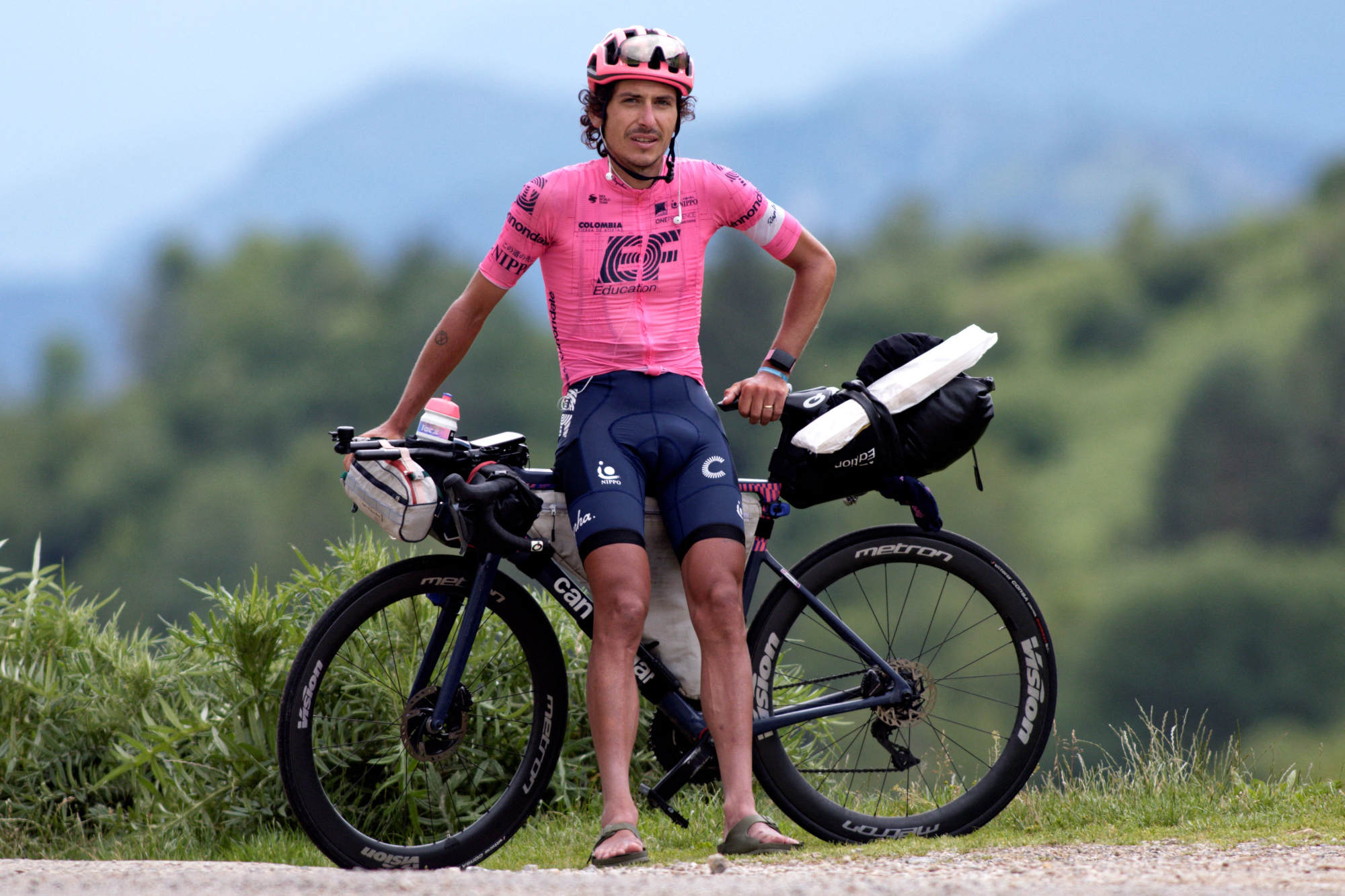
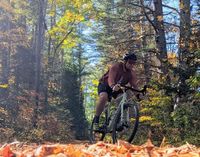
Fastest known times (FKTs) are exactly what they sound like: the fastest known time it has taken someone to complete an established route.
Encompassing three of cyclists’ favorite metrics—speed, distance and time—it’s no surprise that FKTs are becoming more of a trend and why numerous high-profile riders are pursuing them.
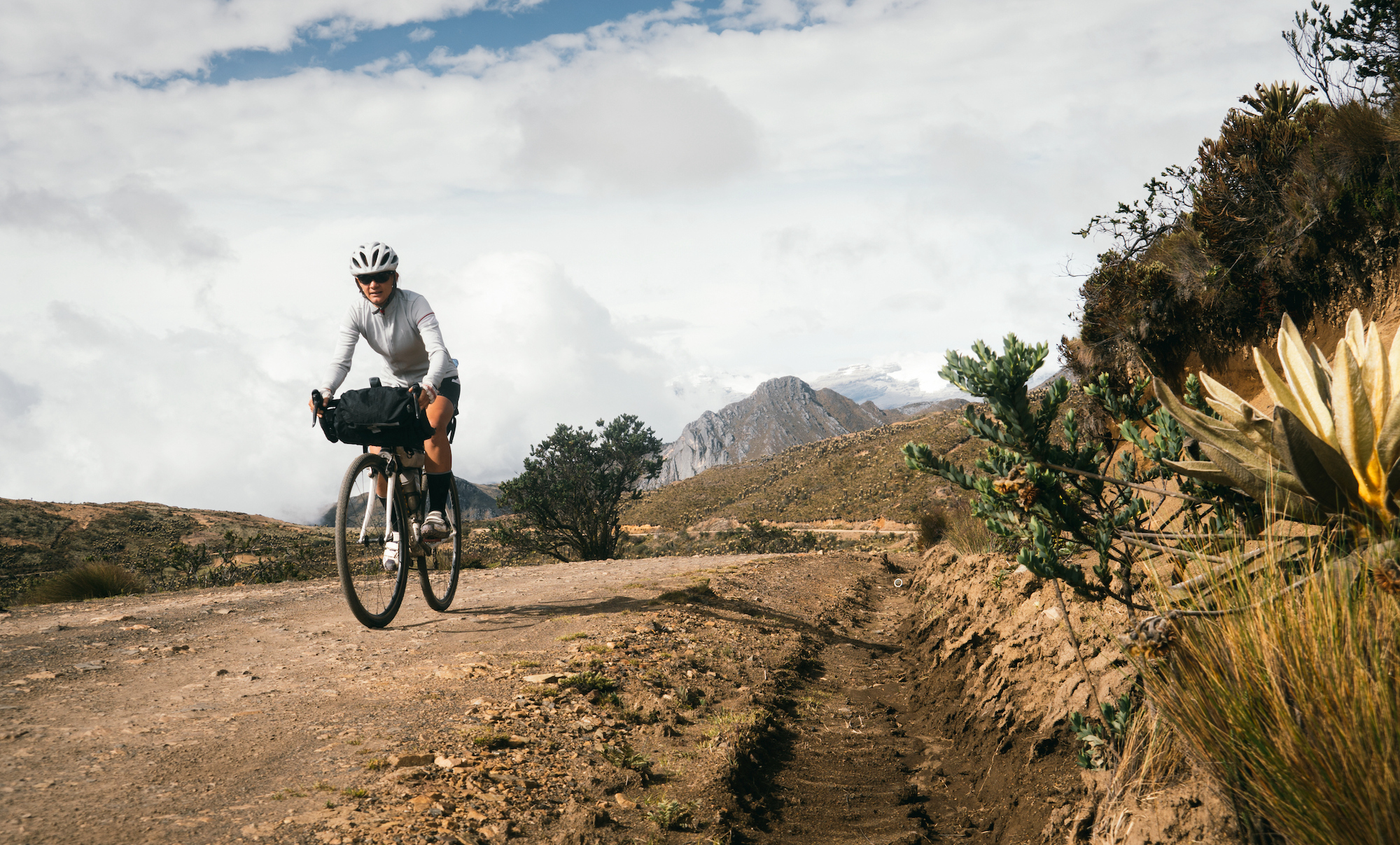
FKTs and Cycling
Chasing records and Fastest Known Time attempts have long been a fixture in the trail running and hiking communities but remained at the fringes of cycling until racing was disrupted by the COVID pandemic in 2020. With COVID-19 causing race cancellations and postponements the world over, many of cycling’s fittest riders looked for new ways to challenge themselves, stay motivated and satisfy sponsors.
The pandemic helped push FKTs into the mainstream of cycling and riders like WorldTour roadie-turned-gravel pro Peter Stetina believe “they have a place in cycling and hope they’re here to stay.”
Pro road cyclist and mountain biker, Lachlan Morton, said he was first “intrigued by FKTs because I think it’s cool that you can take a route that anyone can do and test yourself on it.”
These days for Morton, “it’s not about chasing the record. It’s about having that experience.”
The challenge FKTs present and how they push him into uncomfortable situations and allow him to see how he responds are a large part of the appeal.
The latest race content, interviews, features, reviews and expert buying guides, direct to your inbox!
In a video documenting her women’s FKT on the White Rim Trail, mountain biker Alexis Skarda says that she thinks “FKT records are interesting because the time continuously gets harder and faster and more competitive. And every time someone goes after it and beats it, people are like, oh, no one will ever be able to get a time faster than that, but then someone always does.”
With FKTs coming into the spotlight, riders everywhere are discovering their many appealing qualities, like a course uncrowded by competitors, lack of registration fees and the ability to work on your own timetable, all while taking in some of the country’s most tantalizing routes. According to ultra-endurance athlete Kait Boyle, “the act of racing solo adds a challenge of being self-motivated, unwaveringly focused and self-sufficient.”
Adding to the allure of FKTs are the variety of options available, from one-day efforts like the 62-mile Rose to Toads route to multi-day sufferfests like the more than 800-mile Arizona Trail on desolate asphalt, and from remote gravel to wilderness singletrack. As Stetina points out, FKT attempts also allow riders to compete on iconic trails where head-to-head racing isn’t possible.
A large number of the most vied-for FKTs simply don’t lend themselves to conventional racing; some were built to support small groups of riders or cross sensitive areas, others simply don’t have established races, while some routes have an established ethic, such as riding solo and unsupported.
“Organized mass-start races are so fun, don’t get me wrong, but they’re so different because the people around you in the race, the cheers from spectators and aid stations all completely change the experience and result of the race,” said Boyle.
Ultimately FKTs are a race stripped to its barest and feature just two competitors, the biker and the clock.
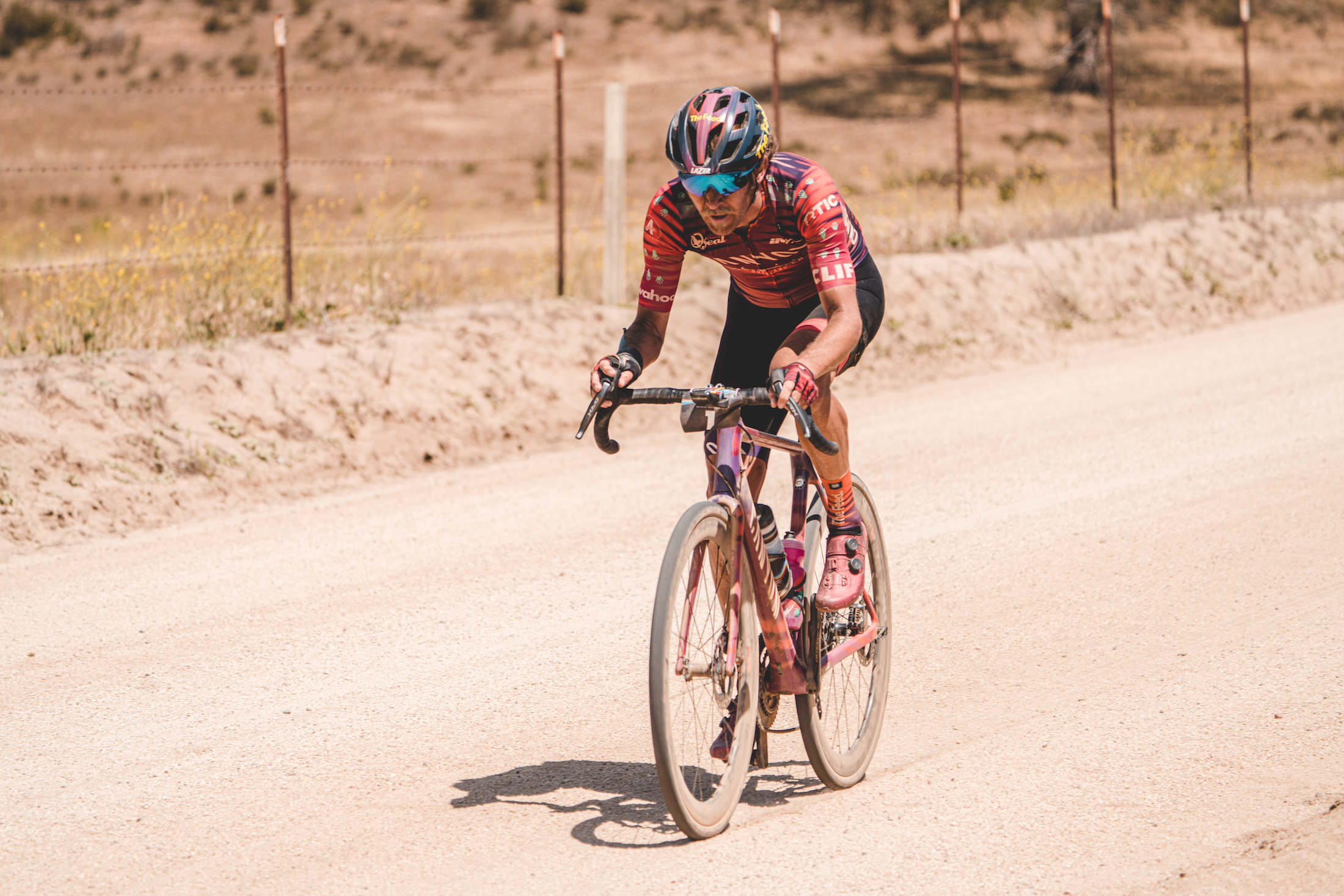
WorldTour roadie-turned-gravel pro Peter Stetina
FKT Rules
While the trail running community has well-established rules and a website that’s been tracking best efforts for years, the FKT trend in biking is still in its formative period. There is now a website devoted solely to cycling’s fastest known times and while not as robust as its running counterpart, it’s a good start and likely to grow with the rise in rider interest.
Stetina says that “there are still a lot of great rides,” and that “establishing, showcasing, incentivizing, and encouraging rides is part of the fun.”
Cycling’s Fastest Known Times has three FKT categories:
- Unsupported: rode alone, received no assistance, and carried all your food and water
- Supported: had outside help from a crew or individual
- Team: rode with someone acting as a pacer or mule for all or part of the way
FKTs are also divided by gender: male, female and non-binary. To claim an FKT, riders must verify their time with the GPS file of their effort downloaded directly from their computer or watch.
Pro mountain bikers and FKT aficionados, Kait Boyle and Kurt Refsnider, have also started documenting select FKTs on their website, the Backcountry Bike Challenge. They track men’s and women’s FKTs, as well as provide specific rules for FKT chasers tackling the routes.
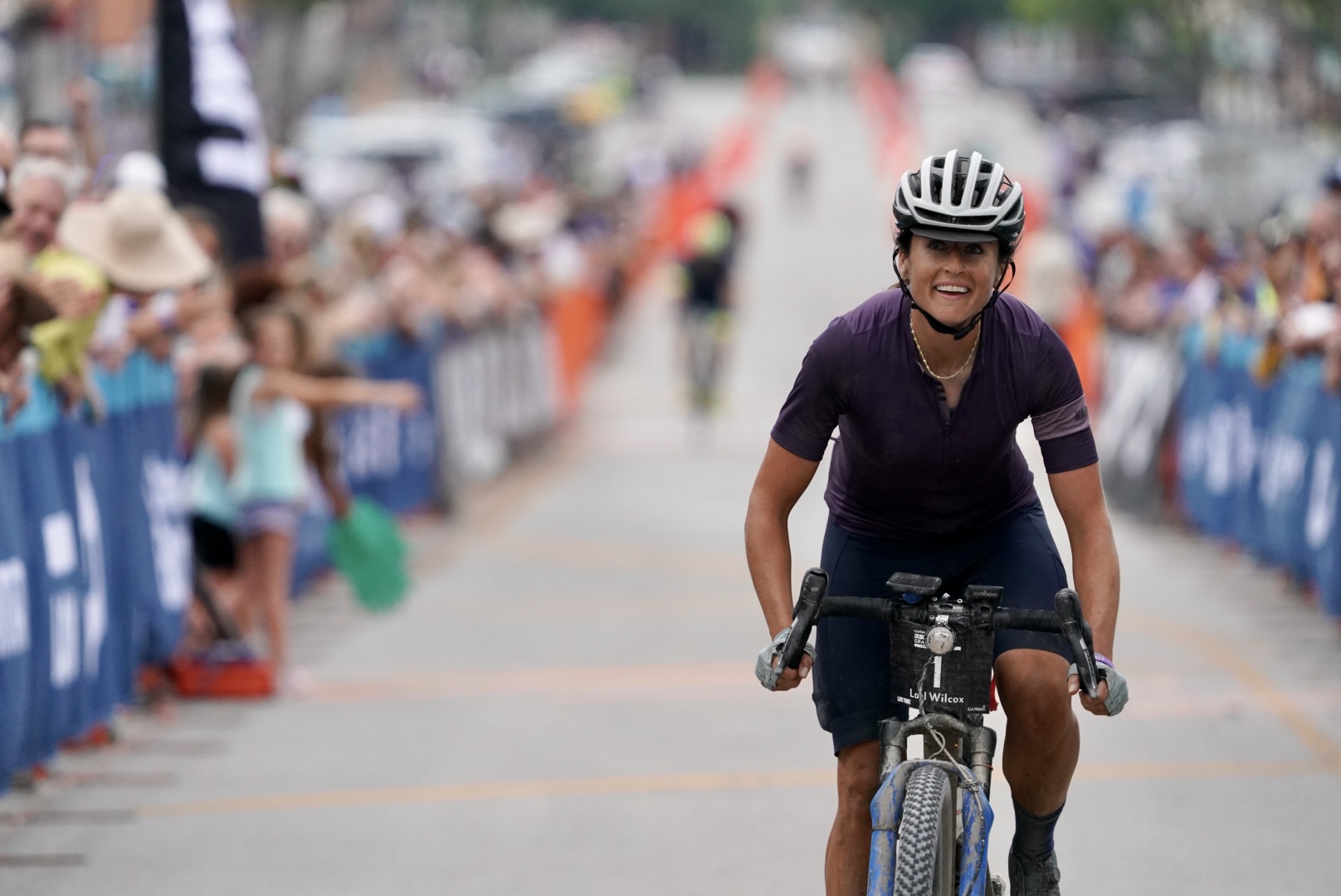
Lael Wilcox, one of the world's best ultra-endurance cyclists and FKT chaser
The Appeal of Chasing FKTs
The great thing about the relative newness of cycling FKTs is that they’re ripe for the picking.
For the moment, the pros are content to compete against one another on a few prominent and hotly contested routes, like the White Rim, the Great Divide and Colorado Trail, leaving a multitude of classics still awaiting established times.
While not everyone can throw down a jaw-dropping time, everyone can, as Boyle says, “experience in striving for your best on the route.” Even if it’s ‘just’ a personal best.
An enormous part of the draw of FKTs is the accessibility. You don’t need a sponsor, a qualifying time at another event or to show up on a specific day to compete. All you need are a strong will, powerful legs and a quick time. You’ll also need a route that will inspire and spark interest in other riders, whether it’s a hot regional spot, a nationally recognized route or a popular bucket-list ride. Other riders, like Boyle, are drawn to the puzzle-like nature of FKTS, putting pieces like daylight, weather and conditions together for the fastest possible ride.
Even if you’re not likely to tick an FKT, they’re an excellent way to see how you stack up against some of the world’s best riders—you can’t step on the same basketball court as Steph Curry or a football field with Tom Brady, but you can tackle the same trail as some of the best cyclists on the planet. Just think of how you would stack up against Keegan Swenson’s White Rim Trail time of 5 hours, 28 minutes, and 17 seconds or Lachlan Morton’s 3 days and 10 hours on the Colorado Trail.
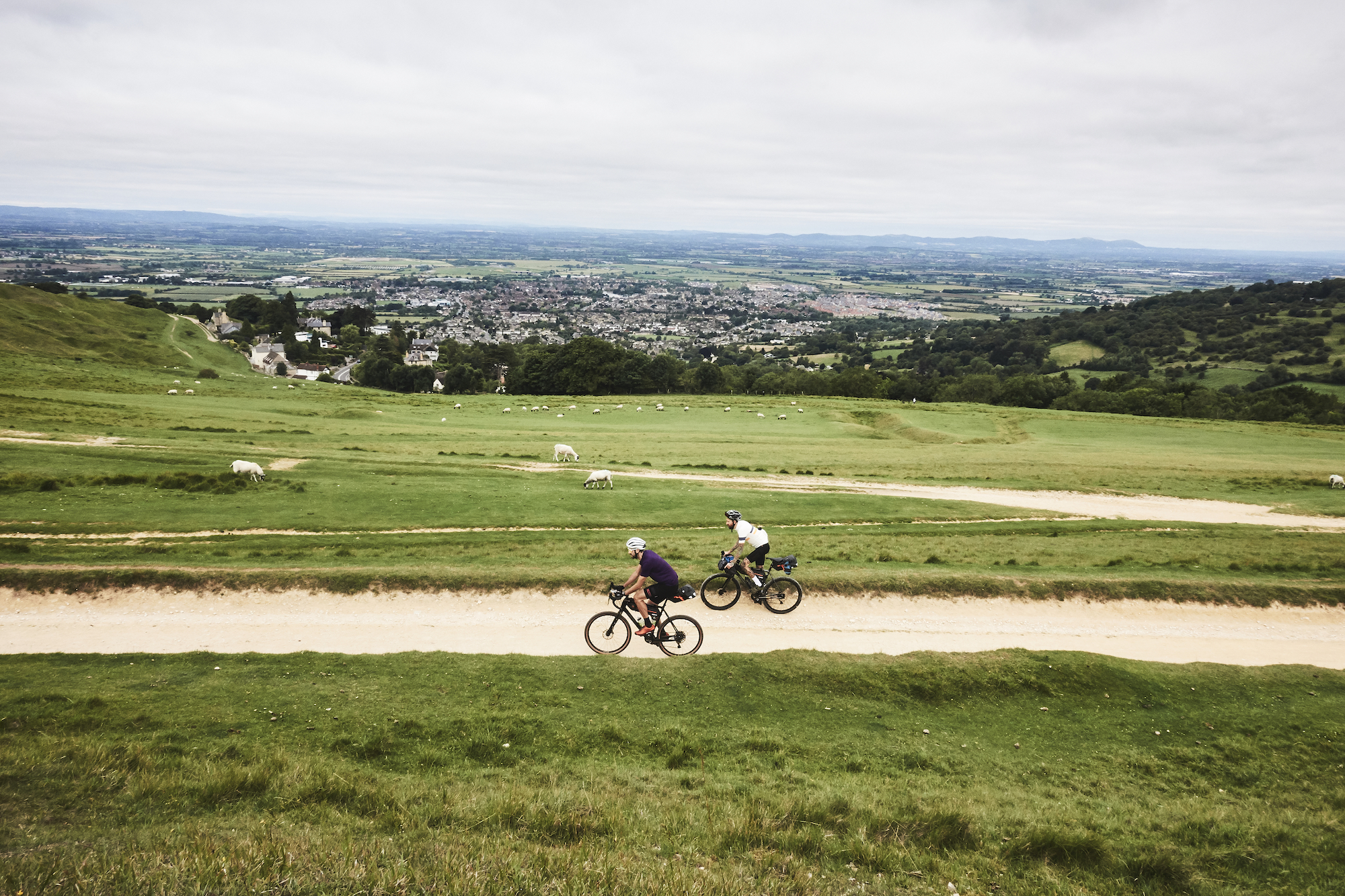
Notable Fastest Known Times
FKTs are found everywhere, but some are better known, more prestigious and see higher levels of competition. These include:
White Rim Trail
Located outside Moab, Utah, and snaking through Canyonlands National Park, the White Rim Trail is one of the most iconic mountain bike trips in the world and is currently one of the most active FKT scenes in the sport. Keegan Swenson (three-time U.S. National XC Champion), Payson McElveen (two-time U.S. XC Marathon National Champion) and gravel star Peter Stetina have jockeyed for the record on this all-time route with Swenson currently holding the FKT at 5 hours, 28 minutes and 17 seconds. The women have been busy on the White Rim as well, with Alexis Skarda (one-time U.S. XC Marathon National Champion) and Hannah Wood going back and forth for the best time. The FKT currently belongs to Skarda at 6 hours, 52 minutes and 52 seconds.
Kokopelli Trail
Another classic mountain bike trip that has become an epicenter of FKT attempts is the Kokopeli Trail—a 140-mile mixture of singletrack and double track that connects Moab, Utah, to Loma, Colorado, and climbs more than 18,000 feet. Over the last few years, renowned ultra-cyclist Kurt Refsnider, all-arounder Lachlan Morton and Peter Stetina have battled for the FKT. Stetina has posted the fastest time to date, completing the Kokopelli Trail in 10 hours, 24 minutes and 43 seconds. Kait Boyle holds the women’s FKT on the route—scorching the route in 13 hours, 7 minutes and 58 seconds and besting mountain bike legend Rebecca Rusch’s best time.
Arkansas High Country Race
The up-and-coming cycling hotspot of Arkansas has also been in the FKT spotlight with numerous best times recently set on its Arkansas High Country Race route—a 1,000+ mile mixed-surface course with more than 75,000 feet of elevation gain and loss. Over the past few years, ultra-cyclist Jay Petervary, gravel grinder Ted King and Arkansas local Ernie Lechuga have all held the FKT. Lechuga owns the current best time of 4 days, 14 hours and 13 minutes. Scotti Lechuga—who is coincidentally married to Ernie—holds the women’s FKT at 5 days, 10 hours and 49 minutes.
South Downs Way Double
South Downs Way is one of the U.K.’s best-known National Trails and the only one that is traversable by bike, which makes it prime for FKTs. Recent efforts have focused on riding the historic South Downs Way as an out-and-back—known as the South Downs Way Double—a route totaling 200 miles and more than 24,000 feet of elevation. For more than a decade, one of either endurance cyclist Josh Ibbett or biker Ian Leitch has held the FKT, with Leith’s best effort—15 hours and 35 minutes—standing since 2016. Thinking about going after this FKT or wondering just how hard the South Downs Way Double is? Cycling Weekly contributor Stefan Abram put in a sub-20-hour effort on the trail in 2021.
Trans Cambrian Way
The Trans Cambrian Way is a just-over-100-mile route climbing more than 10,000 feet that traverses from the English border to the Irish Sea while crossing the oldest mountain range in Europe—the Cambrian Mountains. It’s also the site of numerous recent FKT attempts. Over the past few years, endurance cyclist Matt Page and gravel newcomer Metheven Bond have had the honor; Page currently holds the FKT, completing the route in a sizzling 8 hours, 27 minutes and 30 seconds. Just this summer, ultra-cyclist Molly Weaver set the women’s FKT in an impressive 10 hours and 41 minutes.
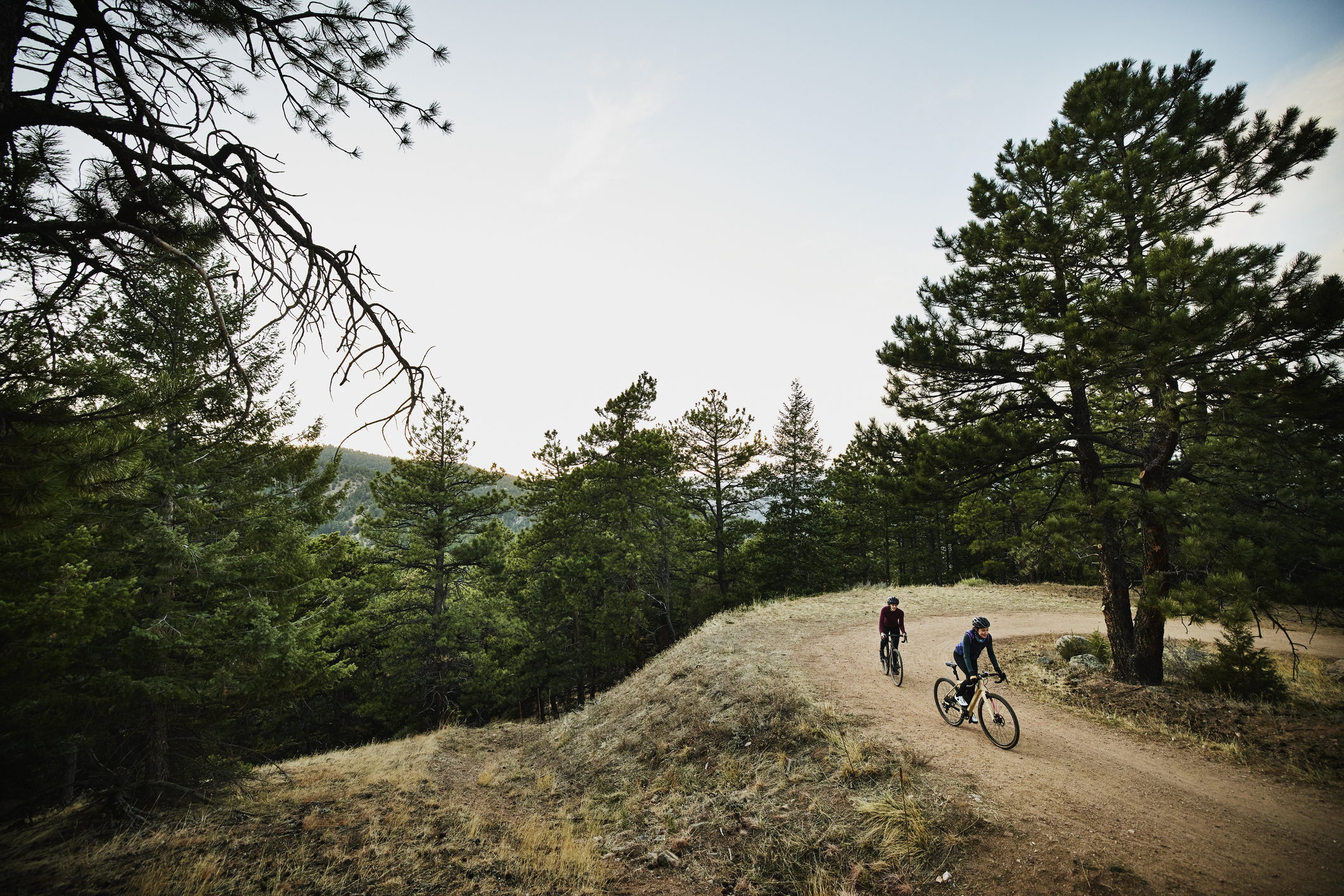
Funnest Known Time
FKTs are a great way for pros to push themselves and compete without the formality of racing while allowing everyday riders to measure themselves against the giants of the sport while fueling the competitive spirit on some of the world’s best routes. In the end, fastest known times are fun and another way to enjoy the spirit of cycling—even if it’s type two fun.

Tim Peck is a freelance writer based in Concord, New Hampshire, specializing in writing about all things outdoors in the Northeast. With a devotion to dirt and a need for speed, it’s no surprise Tim went from gravel-curious to gravel-obsessed faster than a double-digit grade descent. Tim believes that days on the bike and miles logged are just as important as KOMs and race results and tries to balance his time between his first love, mountain biking, and his current flame, gravel riding.